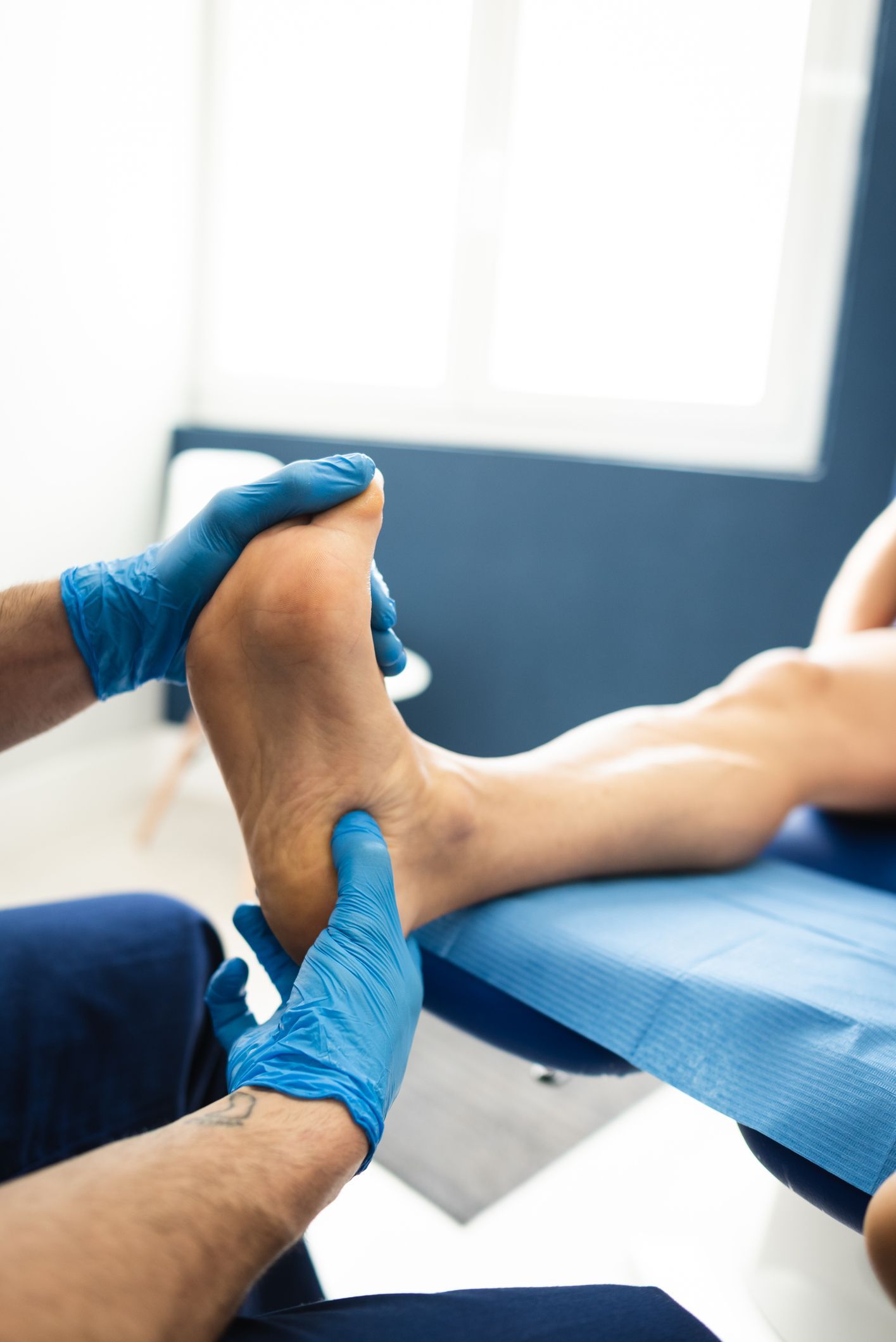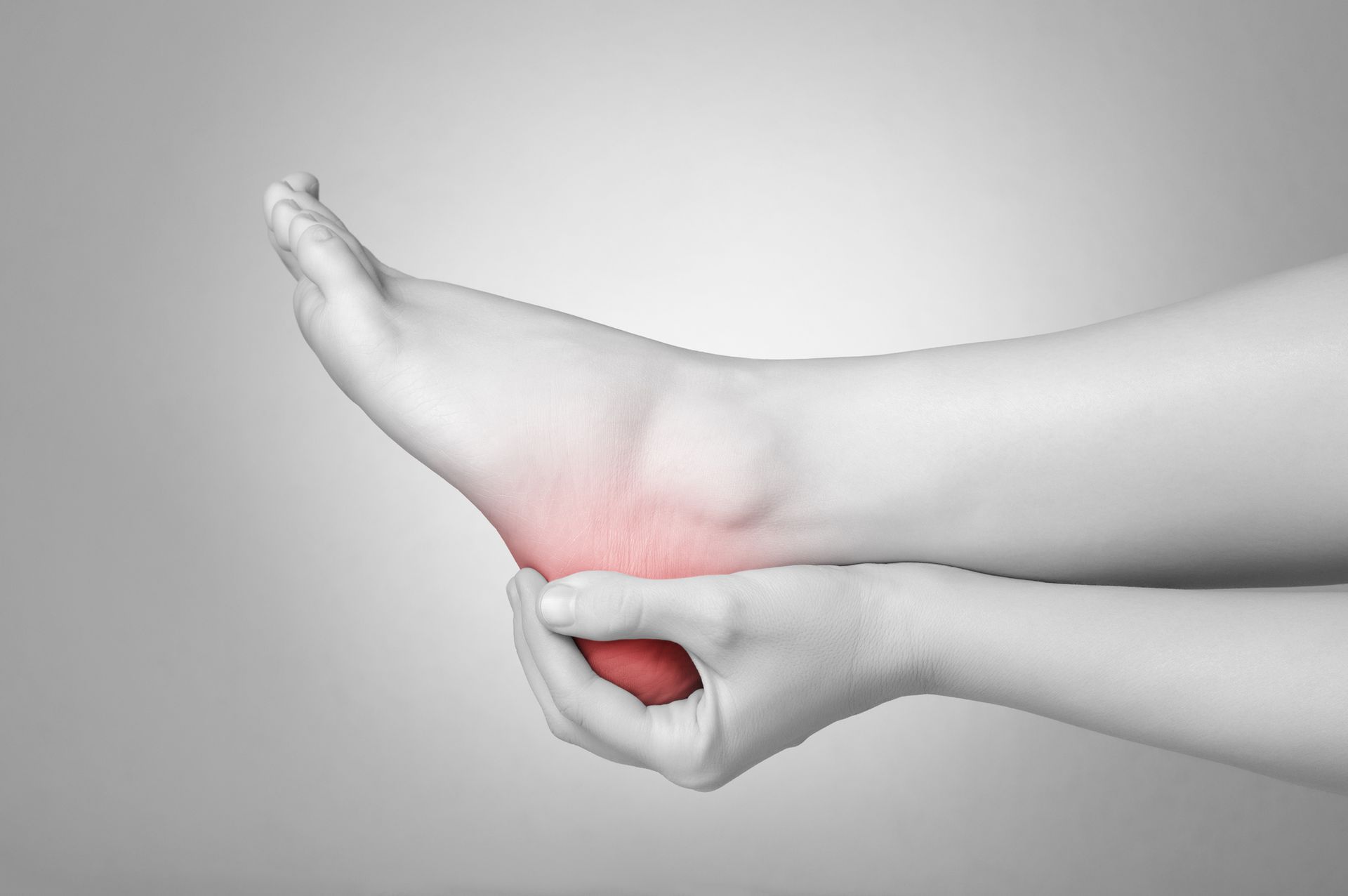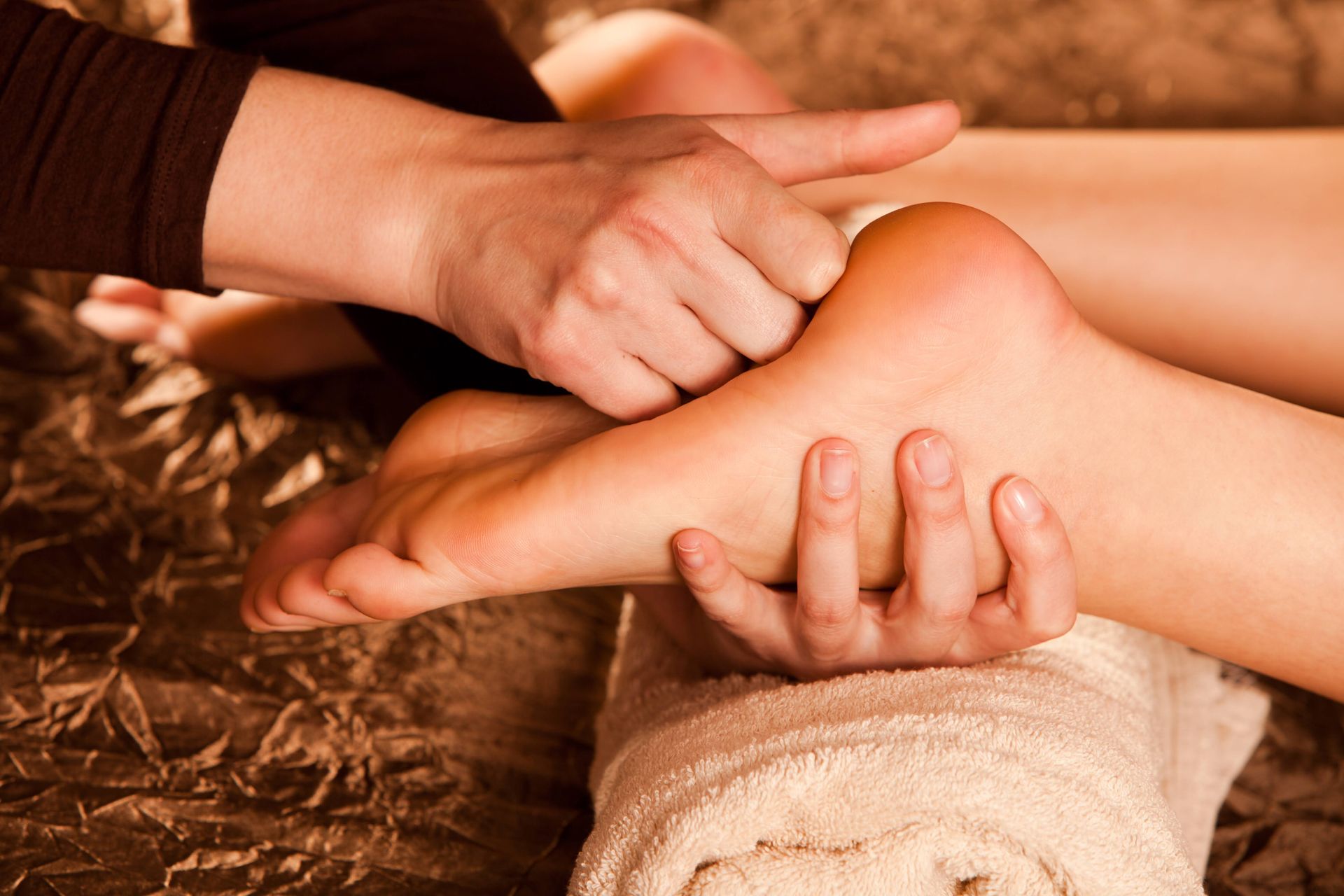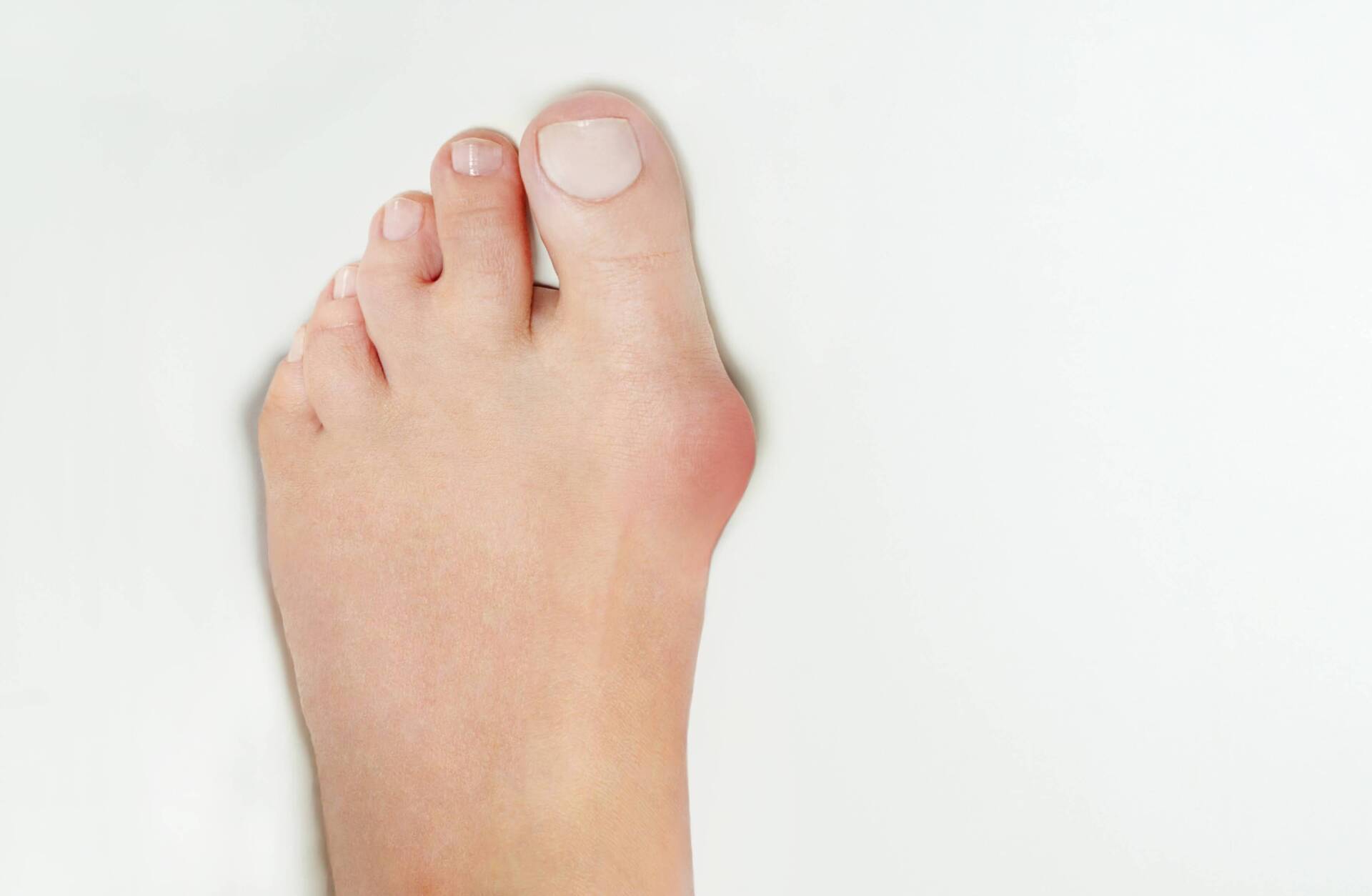What You Should Know About Flat Feet
A flat foot is a medical condition also known as pes planus or fallen arches. The condition is a type of deformity that happens when the arches of your feet collapse and come into complete or incomplete contact with various surfaces you walk on, including the ground. Flat feet could be congenital, occurring at birth, or developing from injuries or age.
Regardless of when this condition develops, here is everything there is to know about it.
Common Symptoms and the Effects on Your Overall Health
Although adverse symptoms are rare depending on how the condition develops, one of the first signs is experiencing pain in your midfoot regions. The pain also tends to worsen with activities and can sometimes be accompanied by swelling around the arches and your inner ankles. Apart from the midfoot pain, other symptoms include lower back pain, hip and knee discomfort, and the inability to stand correctly.
Over time, you may start to experience pain and difficulties standing on your toes, potentially leading to arthritis. When arthritis gets in, you experience further problems moving your feet due to pain in the bones that allow the proper motion of your feet in various directions and angles. When this happens, the condition affects your walking and running abilities, resulting in another condition known as flat-footed gait.
Also known as overpronated gait, flat-footed gait has symptoms such as shoes wearing along their inner borders, feet that point slightly outwards when standing and walking, and experiencing pain on your hips, legs, and at the arches of your feet.
Causes
As mentioned earlier, flat feet can be due to deformities at birth or the condition can develop over time as you age. However, other causes include certain diseases, especially those that make it difficult to bear your body weight. Such conditions include obesity, cerebral palsy, spina bifida, and muscular dystrophy.
Also, the condition could be due to a lack of blood circulation on your feet and fractures that damage your feet, tendons, and bones. Still, high blood pressure is also a cause because of limiting the proper circulation of blood in your feet.
Medicinally, aside from diseases and congenital deformities, the condition can be because of improper positioning of your feet when you run, stand or walk. It could result from overpronation or supination.
Overpronation means when you run or walk, your feet roll towards their inside while your arches flatten out. When this happens, your shoes indicate uneven wear on their inner soles. On the other hand, supination occurs when your feet experience excessive stress on their outer side while running or walking. This way, your shoes show uneven signs of wear on their outer soles.
Types of Flat Feet
Commonly, there are three types of flat feet — flexible, tight Achilles, and posterior tibial dysfunction. Each of these occurs differently.
For example, when you have flexible flat feet, the arches of your feet appear when you lift your legs from the ground with your soles touching the ground. Unlike other types, a flexible flat foot is the most common foot condition and begins in childhood without considerable pain.
Besides flexible flat feet, another type is the tight Achilles tendon dysfunction. This problem occurs due to your tendons connecting to your heel bones and calf muscles. When this happens, your feet become tight, resulting in painful running and walking.
Lastly, the last type is the posterior tibial tendon. This condition is primarily due to fractures and injuries that damage your feet tendons around your ankles, causing swelling.
However, even after knowing this, living free from feet discomforts calls for the intervention of an expert. Such an expert is a podiatrist. Advanced Foot Clinic is your one-stop center for the best podiatric services. Contact us today for reliable and highly satisfactory foot care.
Tualatin Location
Fax Number: 503-587-8517









